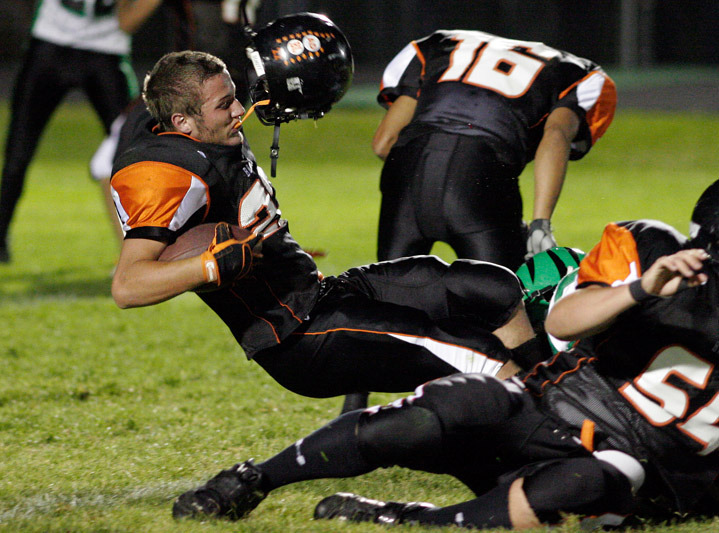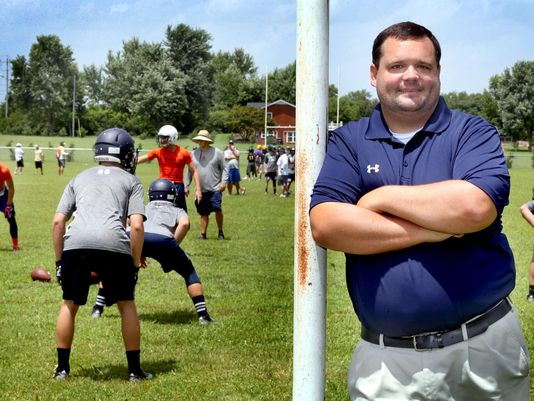
Teton County School District No. 1 trustees agreed at their July 8 meeting that the district does not need to hire a full-time athletic trainer.
The announcement was made in response to a petition that was submitted to the board of trustees at the June 10 regular meeting.
“The petition policy we have requires us to take some action on the petition within 30 days,” Trustee Kate Mead said.
Each committee on the school board did research before trustees made their decision.
Trustees on the Planning and Development Committee, for example, decided to see if other schools that are in the same athletic division as Jackson Hole High School are staffed with full-time athletic trainers.
“The only school of our size that has a full-time athletic trainer is Star Valley,” Mead said. “That full-time athletic trainer is also a teacher.”
Mead said the committee learned that some of the schools have part-time trainers and that some of the trainers are volunteers, not paid employees.
“Some of them simply have volunteer athletic trainers,” Mead said. “There will be a person in the community who is an athletic trainer or physical therapist who donates their time.”
Trustees on the Performance Monitoring Committee studied the district’s budget to see what it pays to have a part-time athletic trainer.
The district spent about $22,000 to provide its students with an athletic trainer for fiscal year 2015.
Mead said it’s a little too late to change the budget for fiscal year 2016.
“This petition was brought to us very late in the game, when we were already budgeting,” she said.
Trustees also asked for input from Superintendent Gillian Chapman and Activities Director Mike Hansen. Chapman and Hansen agreed that right now the district does not need a full-time trainer.
“We could have done another budget exception,” Mead said. “It says a lot when the administration is telling us that they believe that the needs of the students are being met with a part-time athletic trainer.”
The discussion of whether to hire a full-time athletic trainer came about this spring when the board of trustees received a letter from parent and physical therapist Scott Harmon.
“He sent us a strident letter saying we are endangering the safety of our kids by not having a full-time athletic trainer,” Mead said.
Trustees feel confident that the district’s athletes are in good hands with their coaches and a part-time athletic trainer. Mead said the trustees and other district employees always take concerns of student safety seriously.
“When people talk about child safety it makes us nervous,” Mead said.
She said that right now the district does not have an opening for a full-time trainer.
“We simply haven’t had full-time athletic trainers,” she said. “I don’t think we will in the future unless our school gets much bigger.”
ORIGINAL ARTICLE: http://www.jhnewsandguide.com/jackson_hole_daily/local/trustees-will-stick-with-part-time-trainer/article_7f2dfc4d-f71d-510e-be15-62e357c47941.html

